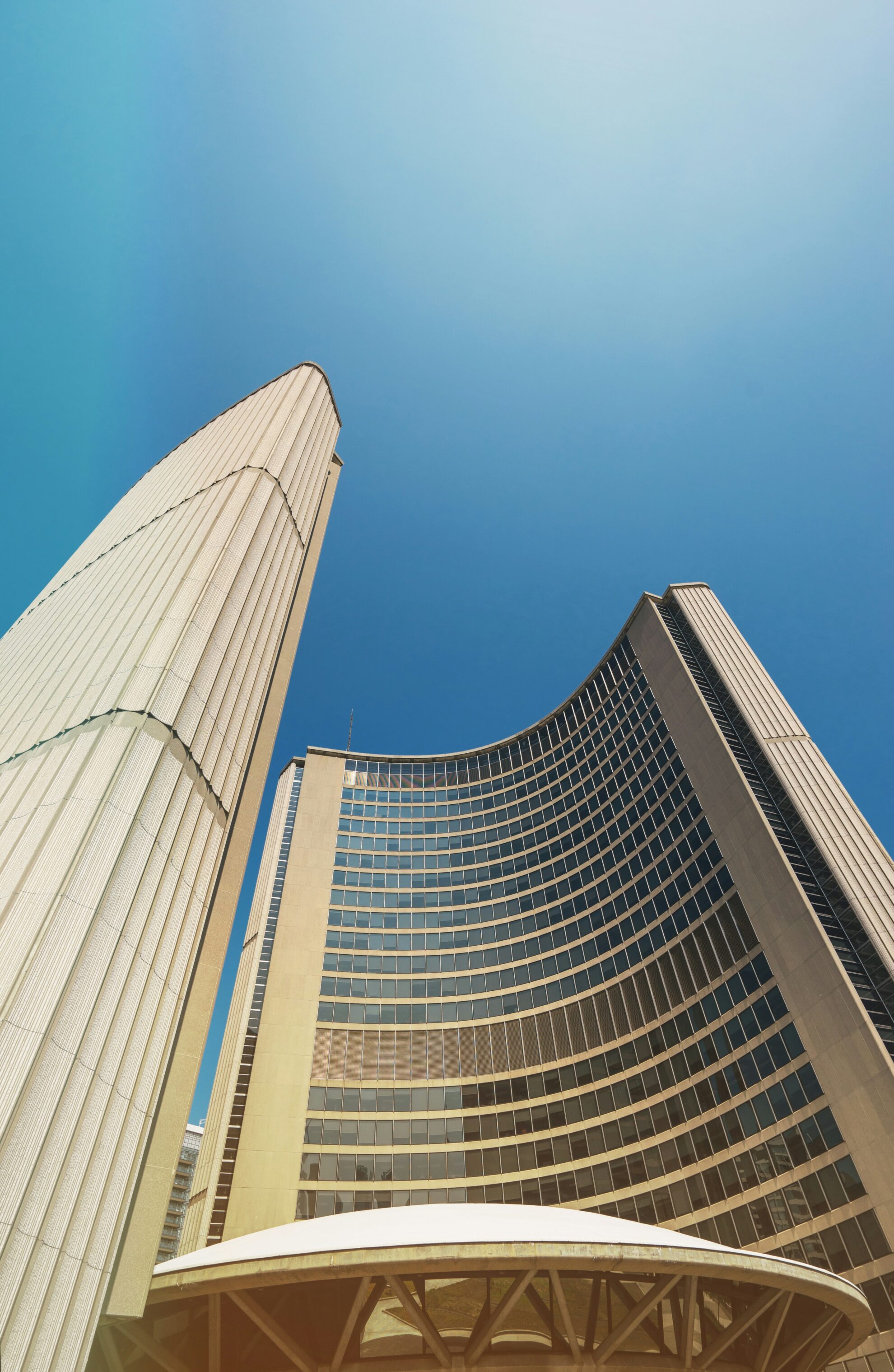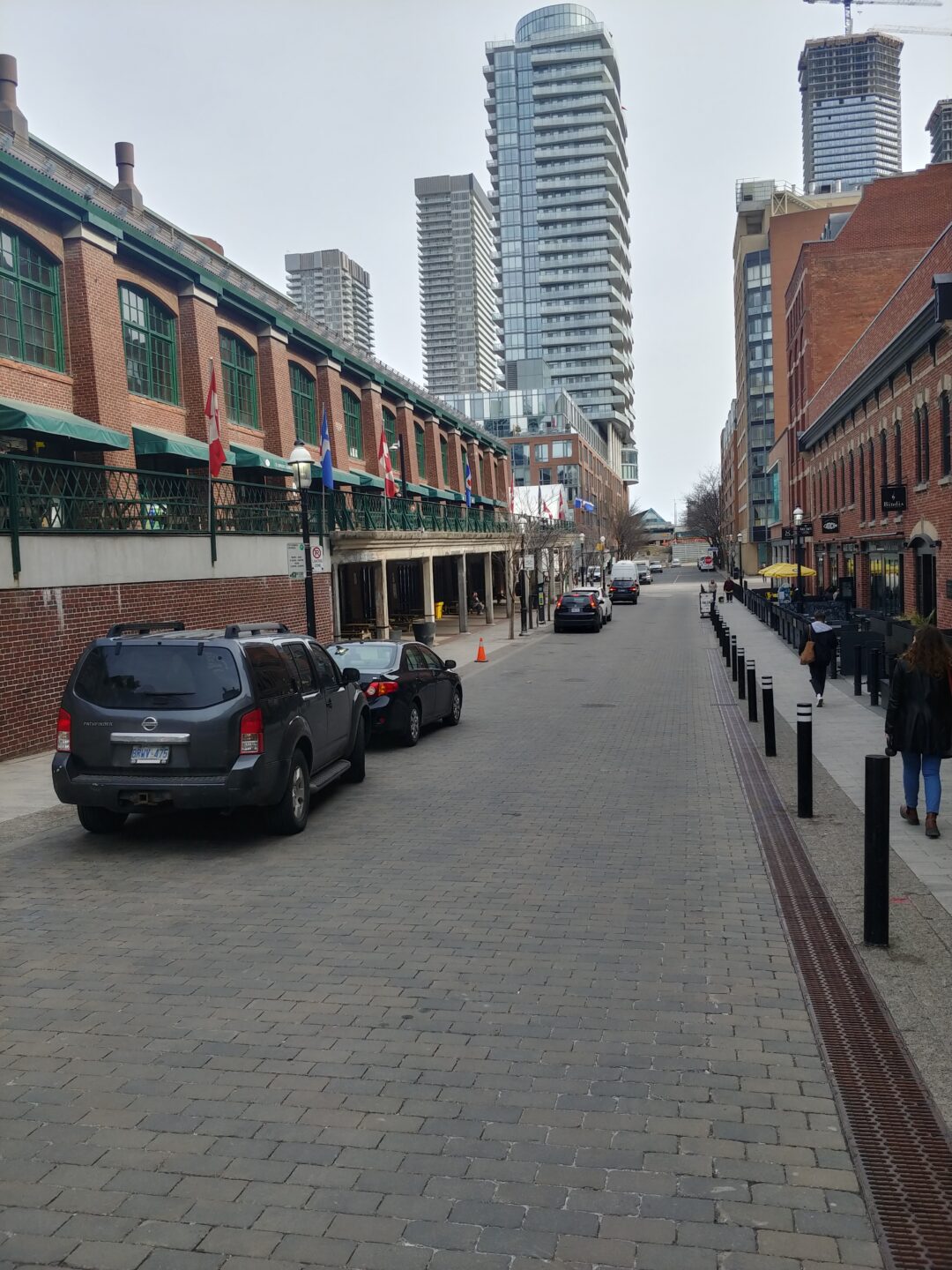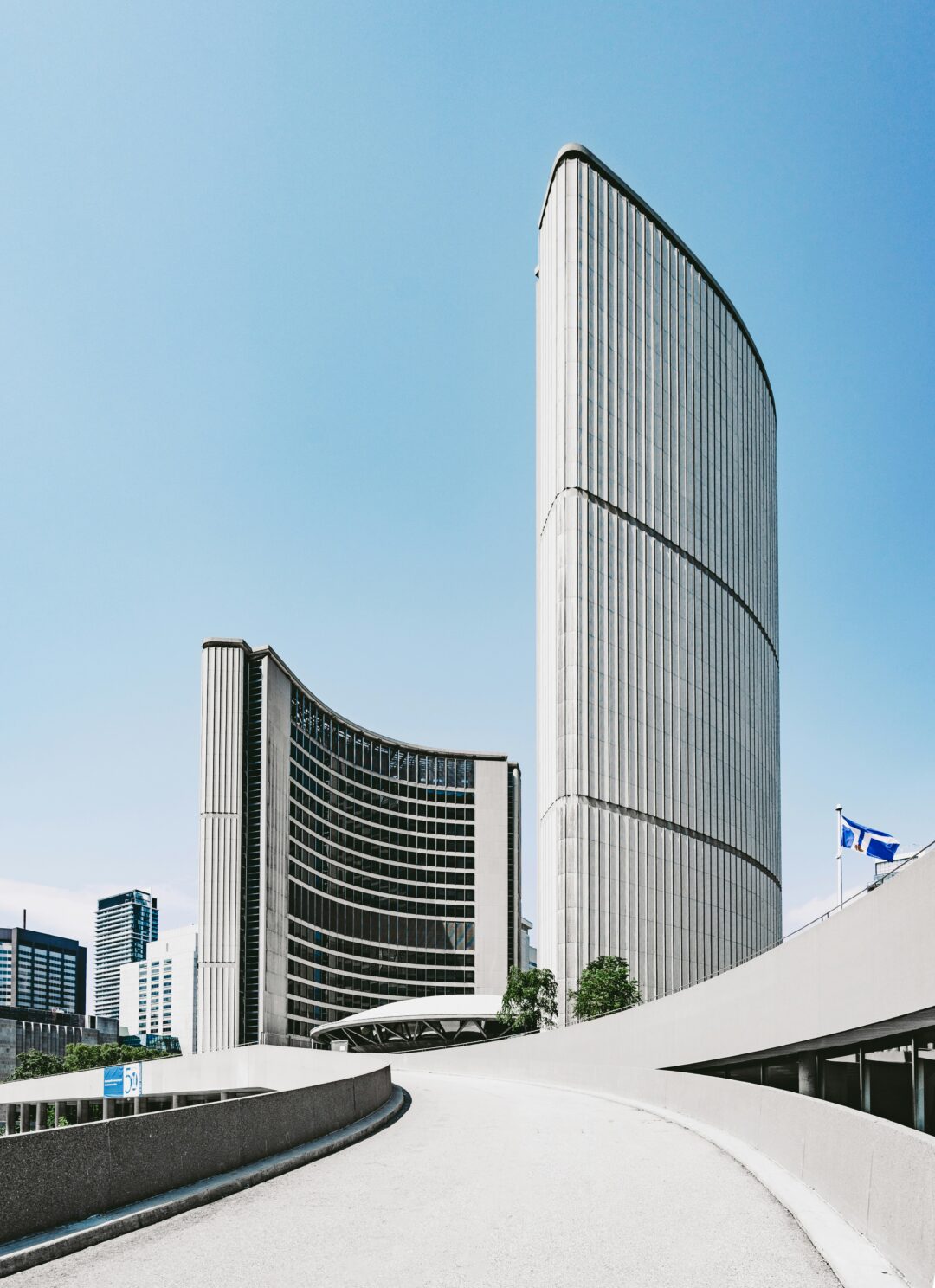Ben Bull, Columnist –
Well, that’s a relief. With the uploading of the Don Valley Parkway and the Gardiner Expressway to the province, we can all sit back and relax. Maybe now Toronto can buy that boardwalk on the waterfront? Or maybe we’ll get a property tax discount?
But hold on – what’s this?
The recent announcement of a projected 10.5 percent property tax rate hike had many of us scratching our heads. How did it come to this? And what are we getting for our money?
This city sometimes feels like a crumbling condo. Everything is under repair. Dreaded orange cones are ubiquitous, closing in from every corner like a Doctor Who villain. A paid duty police officer is standing near a hole at every other intersection. And whatever you do, don’t look up because – sorry, this sidewalk is closed.
Evidently we have deferred so many important projects for so long that Toronto is no longer a sustainable city. And we need to catch up. But what, exactly, are we catching up on?
The most frustrating thing about living in Toronto is that we don’t have a clear vision. City Council is a disparate hodge-podge of inner-city cheerleaders and suburban crybabies who can’t agree on anything. But surely we can coalesce around a few common goals and find a way to stick to them.
We’ve made good progress on bike lanes, but they are still too dangerous for my wife and kids to use. Taking transit in the city is like hopping aboard a magical mystery tour, with short-turns, detours and re-routes being the new norm.
Our housing plan is in a constant state of flux. The Regent Park redevelopment has been transformative but we have failed to keep pace with the demand for affordable housing. The homeless problem is now so endemic we don’t even bother to shake our heads as we skirt around the encampment at Allan Gardens.
What vision the city does have is aptly named: Zero. Vision Zero was supposed to target fatalities on city streets, but the plan has never been bold enough to come even close. The first version took a few digits off the city’s speed limits but there were virtually no targets for expanding the cycling infrastructure. And now, seven years from its launch, Torontonians keep on dying. Last year there were twenty-nine pedestrian deaths in Toronto, seven more than the year before.
A vision alone is not enough. It has to be workable. In my last hometown of Hamilton, the city council trumpeted a ‘Vision 2020’ plan to create a sustainable city. But there was no effective filter for evaluating city projects.
Since I turned tail and moved back to Toronto, the Red Hill Valley has been renamed the Red Hill Valley Parkway. The road now services over 7000 vehicles per hour on weekday afternoons, so good luck going for a hike. As for Hamilton’s LRT, it’s been on-again off-again so many times I think it may have blown a fuse.
Toronto needs a vision that is both workable and realistic. A vision that caters to the disparate needs of an amalgamated city.
Safety should be paramount, which means providing affordable housing options for all residents. It also means managing traffic effectively. As we move around, we need to ask if we want to be a walking city. Do we want to encourage cycling? Or should we all just stay indoors and capitulate to the car?
Some people say that even with the property tax hike, Torontonians are getting good value for money, that we are building for our future. But I’d like to know what kind of future we are building. Because you and I are paying for it.




